The Production Part Approval Process (PPAP) ensures that suppliers can consistently produce parts meeting customer specifications. A crucial aspect of PPAP is determining the submission level, which dictates the documentation required. Understanding these levels helps suppliers provide appropriate evidence of quality and compliance.
Table of contents
- PPAP Submission Levels
- What is the PPAP Process?
- Detailed Breakdown of Each Submission Level
- Level 1: Part Submission Warrant (PSW) Only
- Level 2: PSW with Product Samples and Limited Supporting Data
- Level 3: PSW with Product Samples and Complete Supporting Data
- Level 4: PSW and Other Requirements as Defined by the Customer
- Level 5: PSW with Product Samples and Complete Supporting Data Available for Review at the Supplier’s Location
- Factors Influencing the Choice of Submission Level
- Detailed Breakdown of PPAP Elements
- Final Words
- Related Articles
PPAP Submission Levels
When discussing PPAP (Production Part Approval Process), “submission levels” refer to the varying degrees of documentation and evidence a supplier must provide to a customer for part approval. Essentially, these levels dictate how much information is exchanged to demonstrate that a part meets the customer’s requirements.
PPAP defines the approval process for new or revised parts, or parts produced from new or significantly revised production methods. There are five generally accepted PPAP submission levels. Each level specifies a different set of documentation to be submitted to the customer.
What is the PPAP Process?
Before diving into submission levels, it’s important to understand the overall purpose and importance of the PPAP. PPAP is a standardized process that helps suppliers prove that they can produce parts consistently at the required level of quality. This involves the submission of documentation, testing, and approval from the customer before mass production begins.
The PPAP submission process is a critical step in supplier management, particularly for industries where product quality and consistency are of utmost importance. Industries like automotive, aerospace, and medical devices rely heavily on PPAP to ensure that the parts used in the final product meet all design and regulatory specifications.
Overview of PPAP Submission Levels
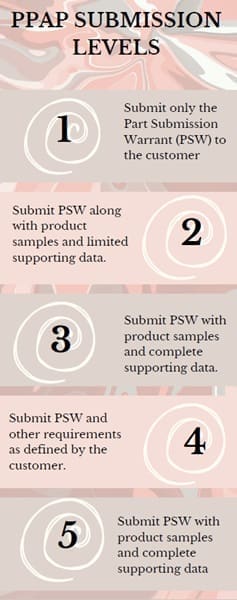
- Level 1: Submit only the Part Submission Warrant (PSW) to the customer.
- Level 2: Submit PSW along with product samples and limited supporting data.
- Level 3: Submit PSW with product samples and complete supporting data.
- Level 4: Submit PSW and other requirements as defined by the customer.
- Level 5: Submit PSW with product samples and complete supporting data, available for review at the supplier’s manufacturing location.
Detailed Breakdown of Each Submission Level

Level 1: Part Submission Warrant (PSW) Only
The Level 1 submission is the simplest form of PPAP. It requires the submission of only the Part Submission Warrant (PSW). The PSW is a form that summarizes the results of the PPAP process and confirms that the supplier’s part meets the required specifications. It is a declaration from the supplier that the part complies with customer requirements, but no additional documentation or samples are provided.
When is Level 1 Used?
Level 1 is typically used when:
- The part is relatively simple, and the risk of failure is low.
- The supplier has already established a strong track record of consistently producing high-quality parts.
- The customer is confident in the supplier’s ability to meet specifications based on prior experience.
- The part’s complexity does not require extensive verification.
For example, a basic, low-risk component like a plastic cap for a non-critical application may be submitted at Level 1 if the supplier has a long history of producing parts that meet the same specifications.
Benefits of Level 1 Submission
Simplicity: The process is streamlined, and the supplier only needs to submit one form.
Faster Approval: Since minimal documentation is required, this submission level can be processed quickly.
Level 2: PSW with Product Samples and Limited Supporting Data
Level 2 requires more documentation than Level 1, including the PSW and product samples. Supporting data may also be requested, though it is typically limited in scope. The data may include dimensional inspection results, material certifications, and other relevant documents that demonstrate the part meets the required specifications.
When is Level 2 Used?
Level 2 is used when:
The part is slightly more complex or has a moderate level of risk.
The customer needs more assurance that the part meets specifications.
The supplier has a relatively consistent track record, but there is a need to confirm the part’s compliance.
For example, if a supplier is providing a mechanical component like a bracket that requires more precision than a simple plastic part, Level 2 might be appropriate. In this case, the customer may ask for basic dimensional data and material test results.
Benefits of Level 2 Submission
More Assurance: Customers receive more evidence of the part’s quality without requiring a full set of data.
Faster than Level 3: Level 2 is still quicker than Level 3 because it does not require complete documentation.
Level 3: PSW with Product Samples and Complete Supporting Data
Level 3 is the most common submission level. It requires the PSW, product samples, and complete supporting data. Supporting data includes everything necessary to demonstrate that the part meets all customer specifications, such as:
- Design records
- Process flow diagrams
- Control plans
- Dimensional inspection results
- Material certifications
- Measurement system analysis
- Performance test records
- Initial process studies
Level 3 submissions ensure that the customer has full visibility into the supplier’s process and can confirm that the part will meet specifications in mass production.
When is Level 3 Used?
Level 3 is typically used when:
The part is more complex or has higher risk associated with its failure.
The customer wants to be confident in the supplier’s ability to produce the part consistently and at the required quality level.
Regulatory or industry standards require a comprehensive review of the part.
For example, automotive manufacturers frequently use Level 3 for complex parts like engine components or safety-critical systems.
Benefits of Level 3 Submission
Comprehensive Documentation: Provides the customer with all the information needed to evaluate the part and supplier’s process.
Increased Confidence: The customer can have greater confidence in the supplier’s ability to meet specifications consistently.
Level 4: PSW and Other Requirements as Defined by the Customer
Level 4 involves submitting the PSW along with other requirements specified by the customer. The customer may ask for specific documentation beyond the standard PPAP requirements. This could include additional test results, certifications, or special forms that are unique to the customer’s needs.
When is Level 4 Used?
Level 4 is used when:
- The customer has unique or special requirements for the part that are not addressed in the standard PPAP process.
- The part or process requires additional testing or validation specific to the customer’s needs.
- The part is relatively complex, and the customer wants additional assurances.
For example, a customer in the medical device industry might require additional documentation related to sterility testing or biocompatibility testing, which is not part of a typical automotive PPAP submission.
Benefits of Level 4 Submission
Customer-Specific Requirements: Tailored to meet the customer’s unique needs.
Greater Customization: Ensures that the part meets the specific regulatory or operational requirements of the customer.
Level 5: PSW with Product Samples and Complete Supporting Data Available for Review at the Supplier’s Location
Level 5 is the most detailed and comprehensive submission. It requires the PSW, product samples, and complete supporting data, but with the added requirement that all documentation and data must be available for review at the supplier’s manufacturing location.
This level involves a thorough inspection of the supplier’s processes and may include an on-site audit by the customer to verify that the supplier’s operations meet quality standards. The customer may also review the actual production processes, test setups, and quality control methods.
When is Level 5 Used?
Level 5 is typically used when:
- The part is critical, and the customer wants to perform an on-site review to ensure the supplier can produce the part at the required quality levels.
- The part is complex or has high-risk potential, such as in the aerospace or medical device industries.
- The customer needs a high level of confidence in the supplier’s capabilities.
For example, aerospace parts like turbine blades or critical engine components might require a Level 5 submission due to the complexity and safety risks associated with the part.
Benefits of Level 5 Submission
Full Transparency: The customer gains full insight into the supplier’s operations and processes.
On-Site Verification: The supplier’s manufacturing environment and processes are directly evaluated.
Factors Influencing the Choice of Submission Level
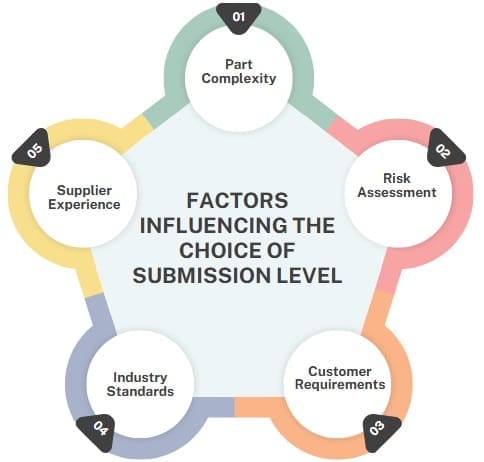
Several factors influence which PPAP submission level a supplier will use, including:
- Part Complexity: More complex parts typically require higher submission levels.
- Risk Assessment: Higher-risk parts, such as safety-critical components, will usually require more extensive documentation.
- Customer Requirements: Some customers have specific requirements that dictate the level of submission.
- Industry Standards: Certain industries have stricter PPAP requirements due to regulatory constraints (e.g., aerospace, medical).
- Supplier Experience: Suppliers with a proven track record of delivering high-quality parts may be able to submit at a lower level.
Also See: Lean Six Sigma Certification Programs, Irving, Texas
Detailed Breakdown of PPAP Elements
Let’s examine the key PPAP elements. These elements appear at various submission levels.
| Elements | Description |
| Design Records | Provide all design documents, including drawings and specifications, confirming design compliance. |
| Engineering Change Documents | Document all engineering changes, track revisions, and approvals, and show how changes affect the part. |
| Customer Engineering Approval | Obtain written customer approval for design changes to ensure agreement. |
| Design Failure Mode and Effects Analysis (DFMEA) | Identify potential design failures, assess risks, and develop mitigation plans. |
| Process Flow Diagrams | Map the entire production process, showing each step in detail. |
| Process Failure Mode and Effects Analysis (PFMEA) | Identify potential process failures, assess risks, and develop control plans. |
| Control Plan | Outline inspection methods, define process controls, and ensure consistent quality. |
| Measurement System Analysis (MSA) | Conduct MSA studies to verify the accuracy and reliability of measurement systems. |
| Dimensional Results | Provide dimensional measurement data to confirm part compliance with specifications. |
| Material/Performance Test Results | Provide material and performance test results to prove material quality and part functionality. |
| Initial Process Studies | Assess process capability and demonstrate process stability. |
| Qualified Laboratory Documentation | Provide lab accreditation to ensure reliable and competent test results. |
| Appearance Approval Report (AAR) | Document part appearance and confirm compliance with appearance specifications. |
| Sample Production Parts | Provide sample production parts for customer evaluation. |
| Master Sample | Provide the approved part standard to ensure consistent production. |
| Checking Aids | Provide inspection tools to ensure accurate measurements. |
| Customer-Specific Requirements | Meet customer-specific requirements by following customer instructions. |
| Part Submission Warrant (PSW) | Complete the PSW to summarize key data and declare part compliance. |
Final Words
The PPAP submission level that is appropriate for a specific product or process depends on a thorough risk assessment. Factors like design complexity, new processes, and past quality concerns should guide the decision. Clear communication between supplier and customer is crucial to ensure alignment on the chosen level and its requirements.
This collaborative approach ensures a robust PPAP process, leading to high-quality products and customer satisfaction.

About Six Sigma Development Solutions, Inc.
Six Sigma Development Solutions, Inc. offers onsite, public, and virtual Lean Six Sigma certification training. We are an Accredited Training Organization by the IASSC (International Association of Six Sigma Certification). We offer Lean Six Sigma Green Belt, Black Belt, and Yellow Belt, as well as LEAN certifications.
Book a Call and Let us know how we can help meet your training needs.

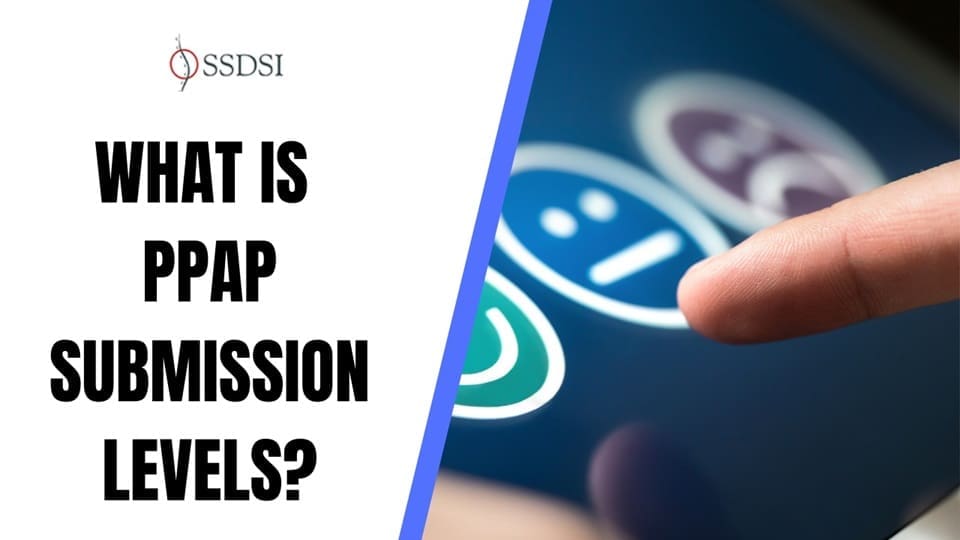


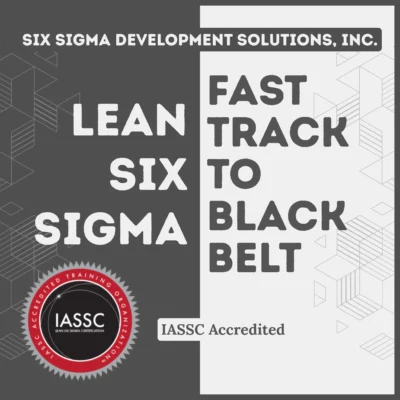
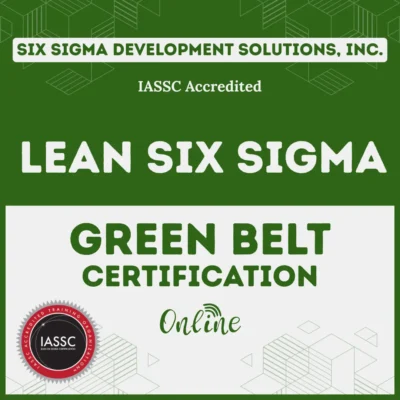
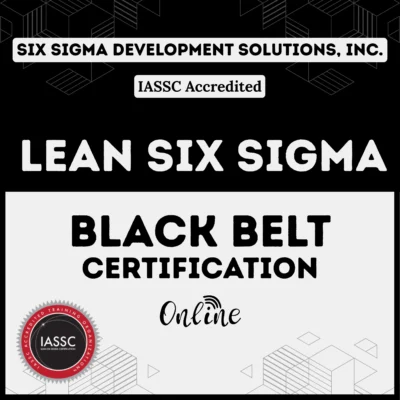
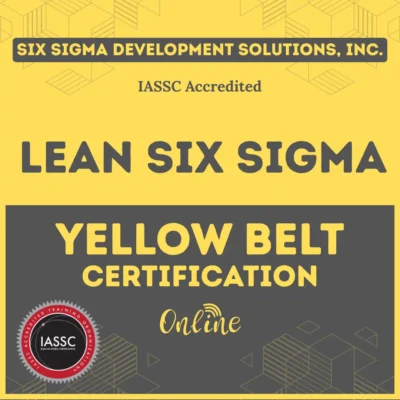
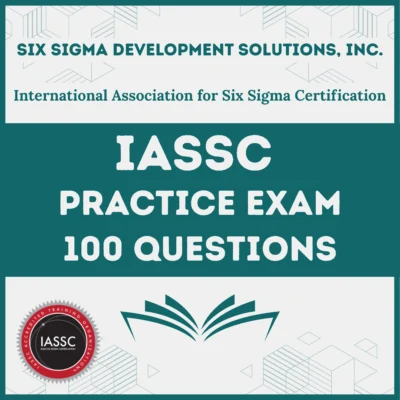
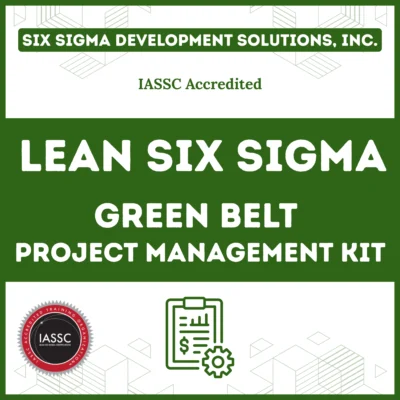
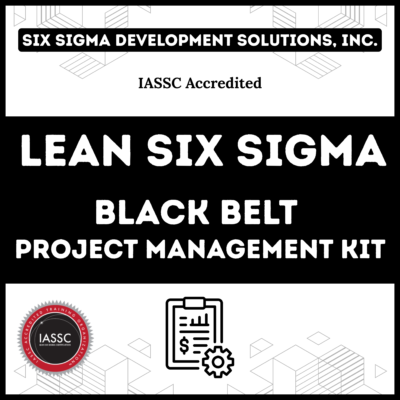
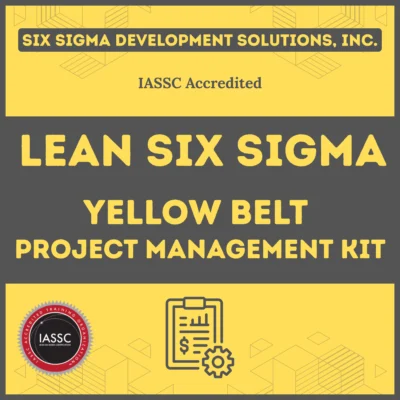
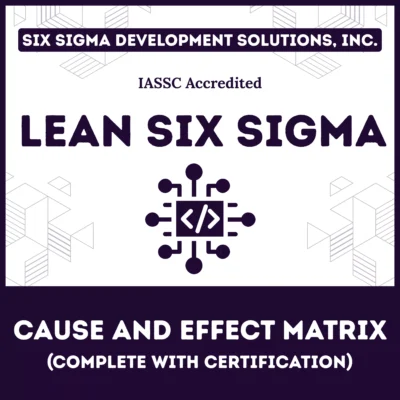
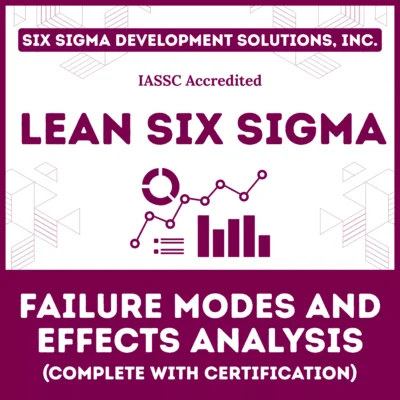
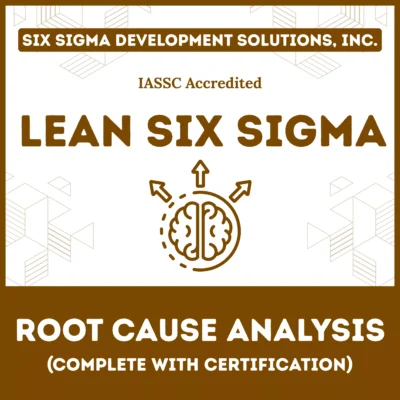


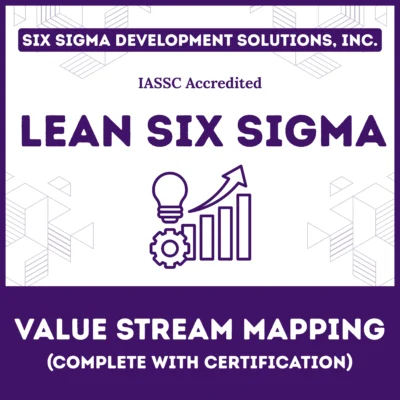
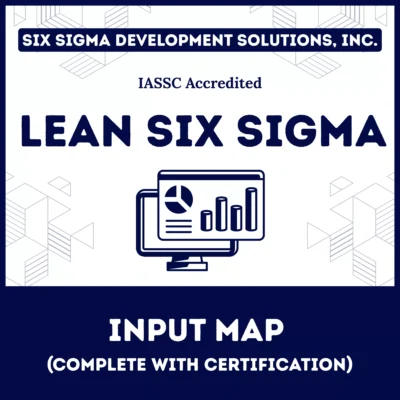
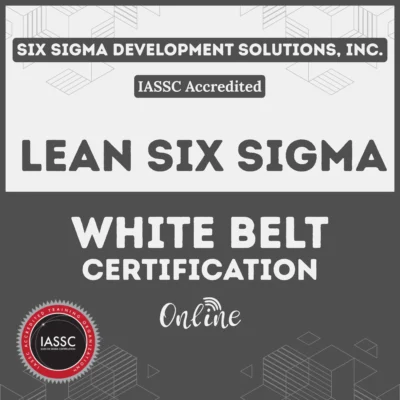
What exactly do I need to submit to my customer for a Level 2 PPAP?
Julie, A level 2 PPAP requires more supporting data from the customer than a level 1, but it does not cover all on the list of 18 potential requirements. A level 2 PPAP would require design records for saleable items, as well as all additional components and information. Dimensional results, materials and performance test findings, as well as qualified laboratory paperwork, would also be required. As you can see, the amount of information rises as the levels go. It is also at this level that a sample product must be supplied to the client rather than being retained by the provider.